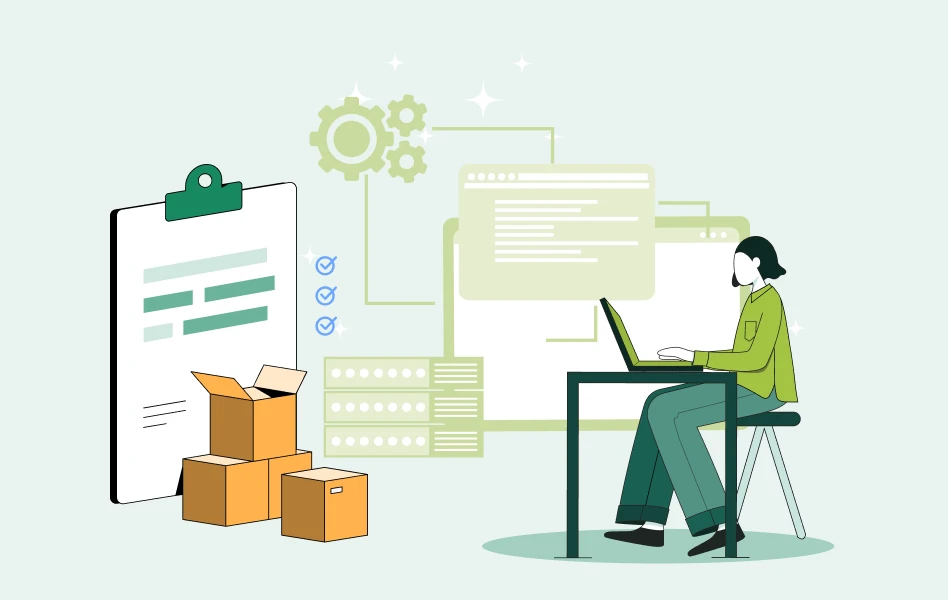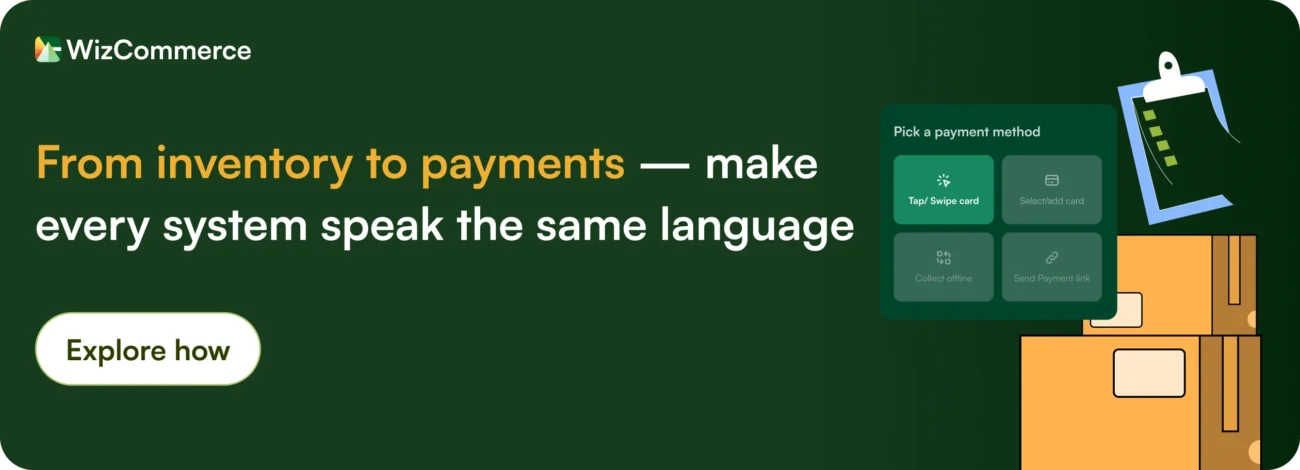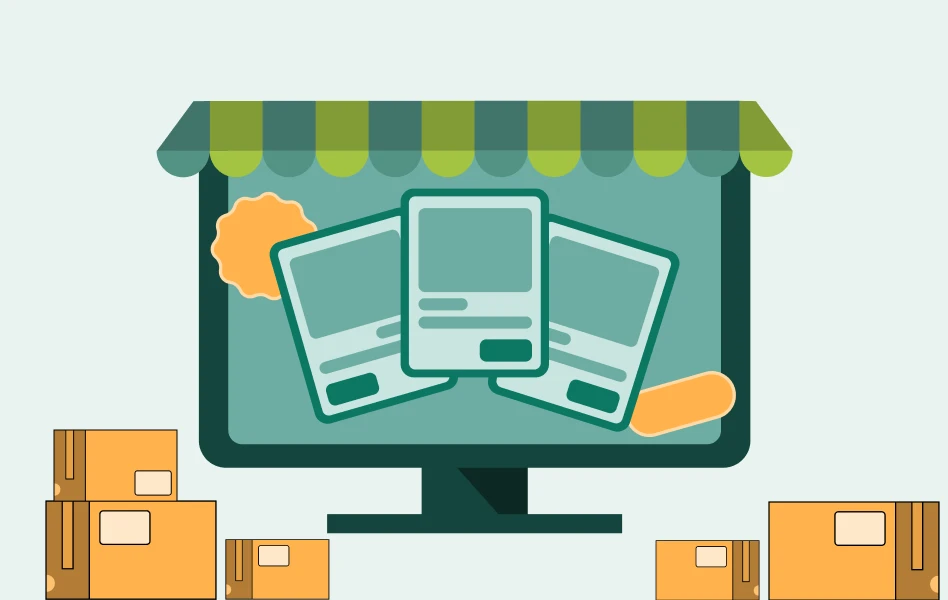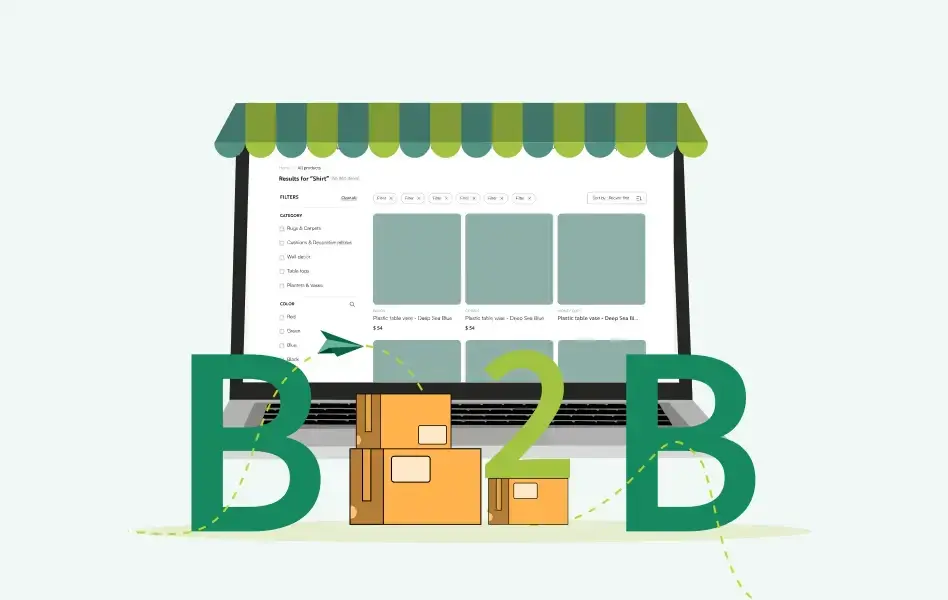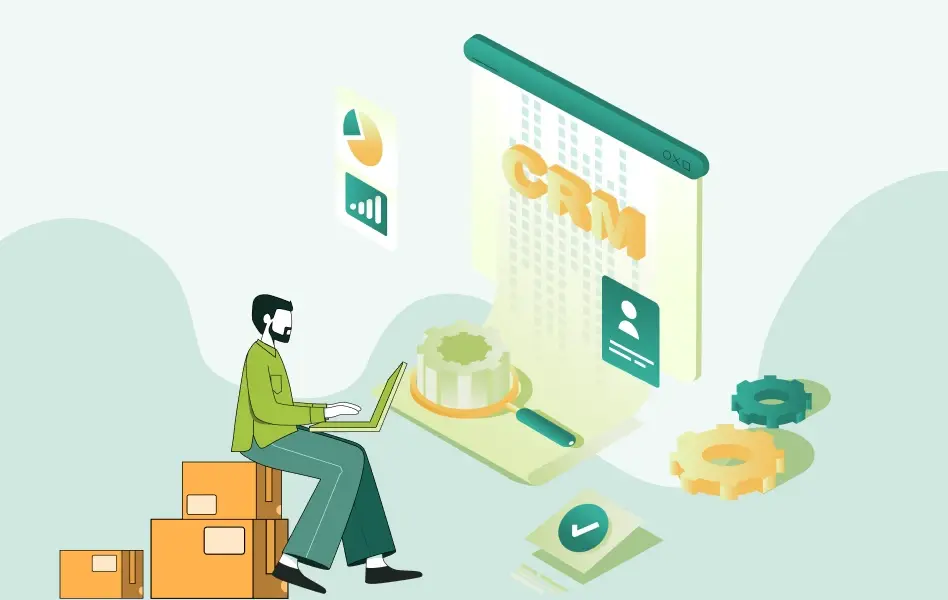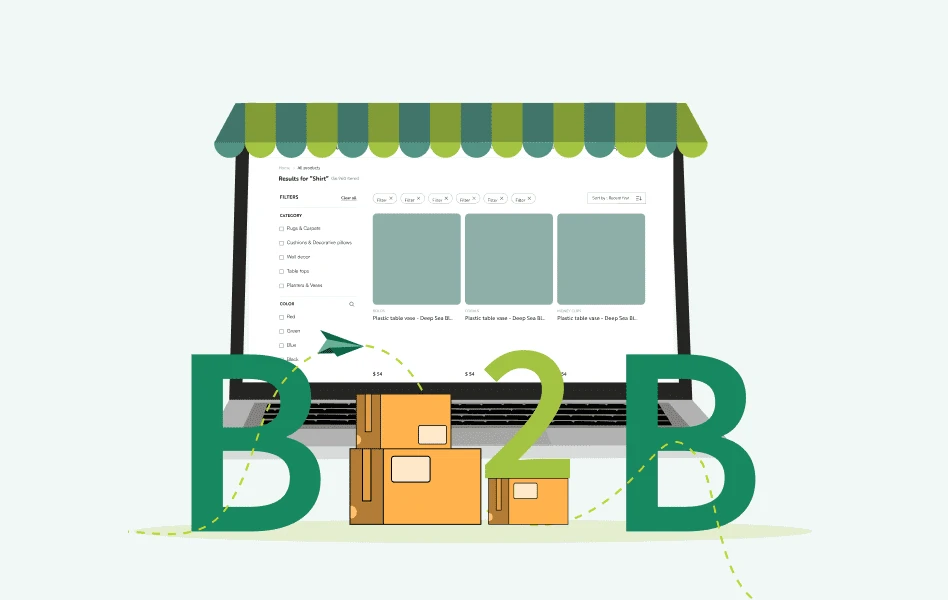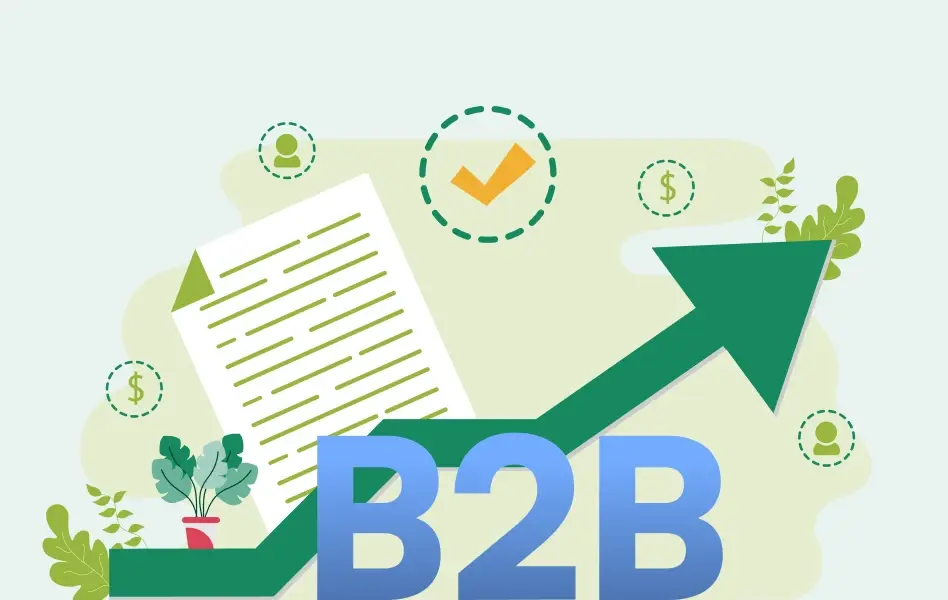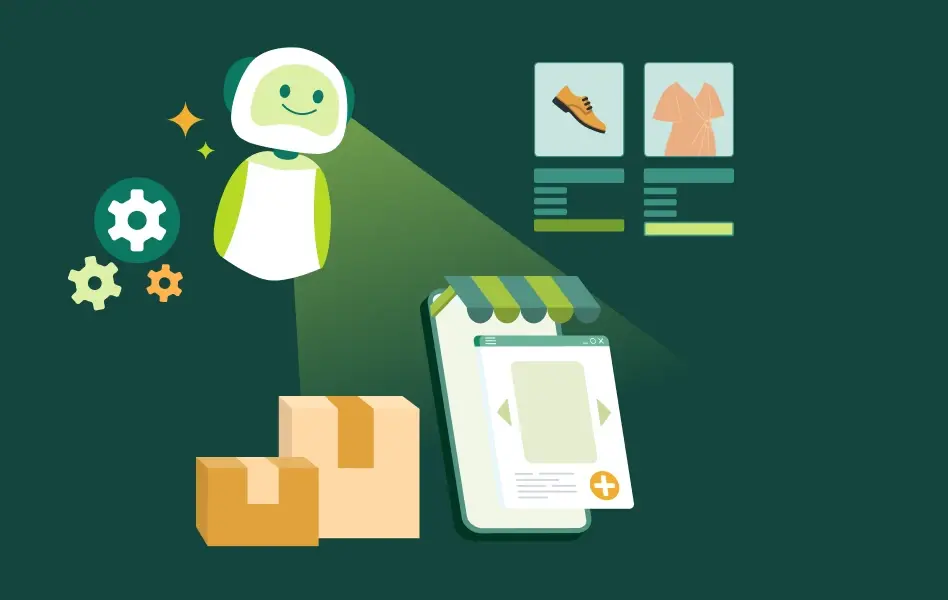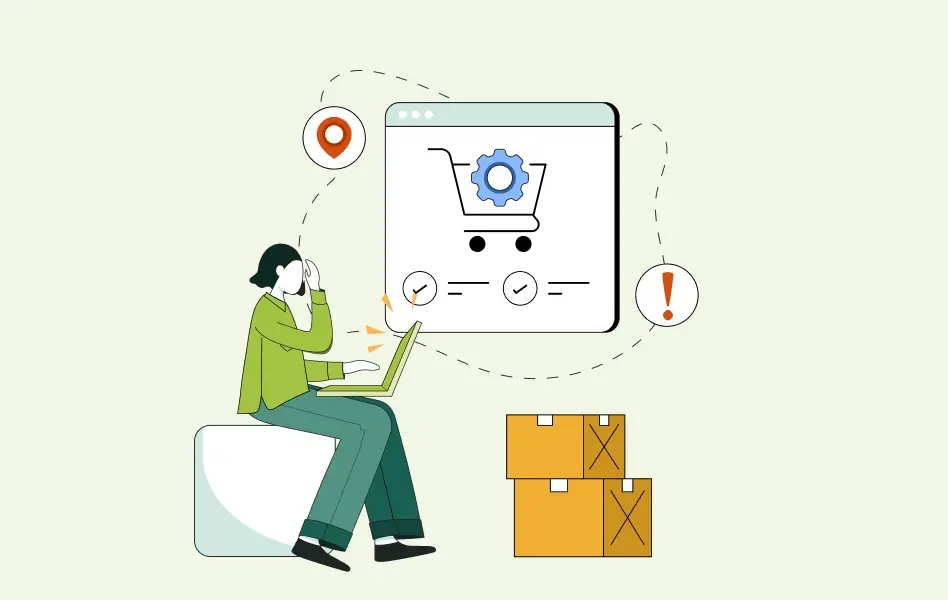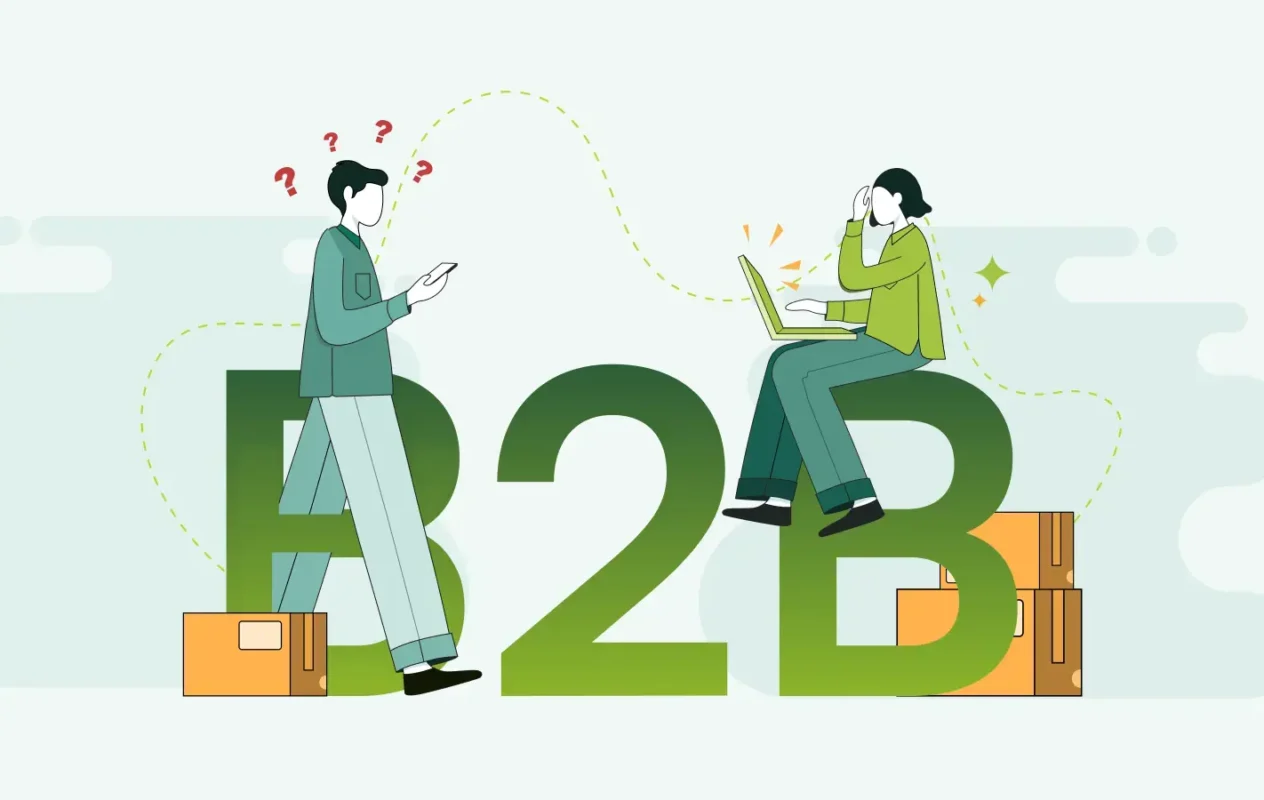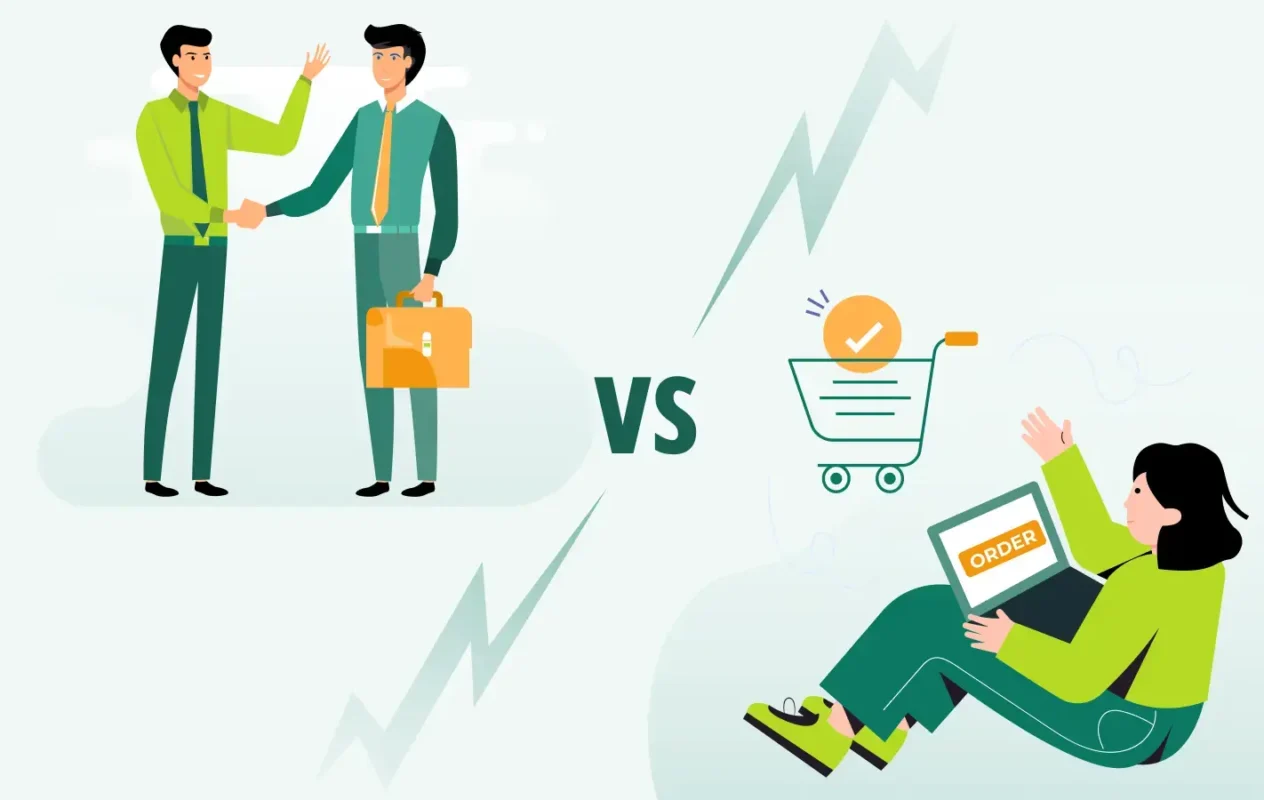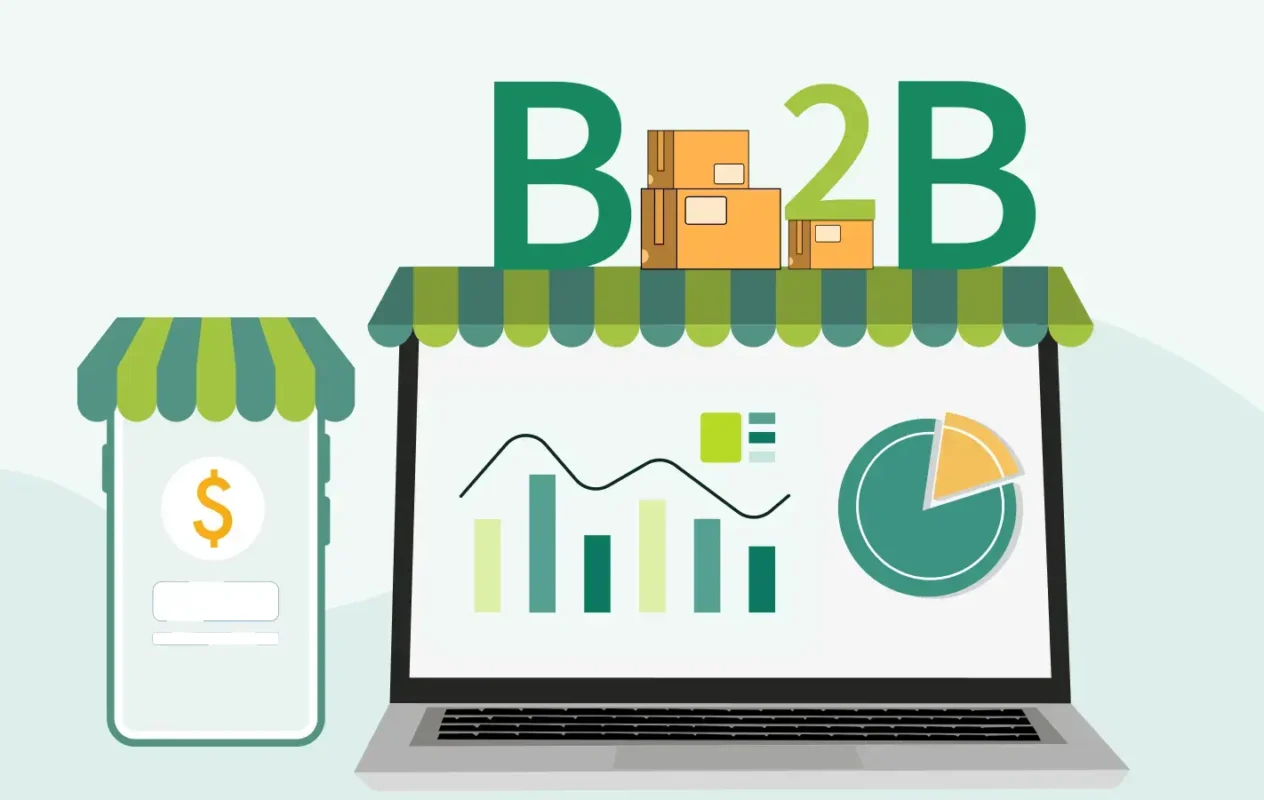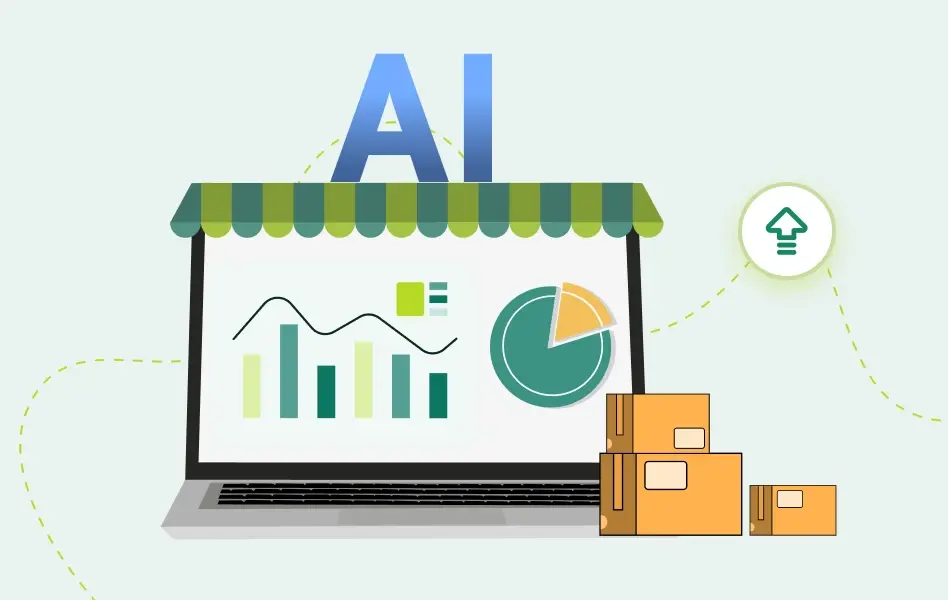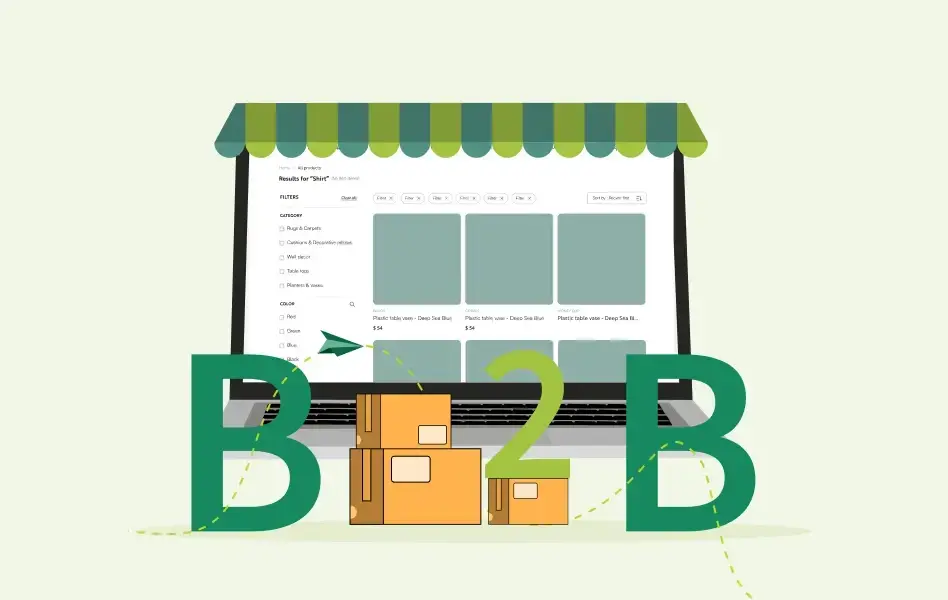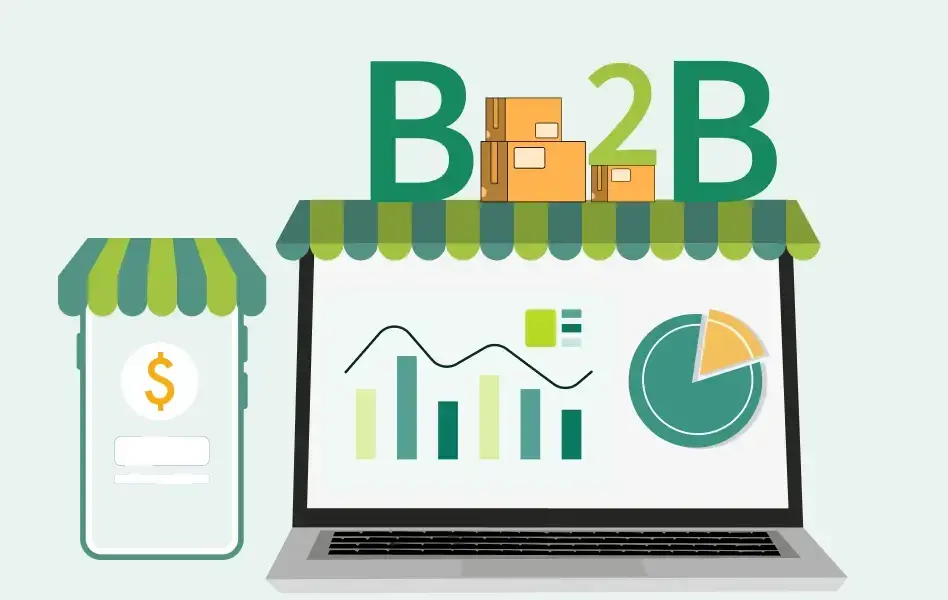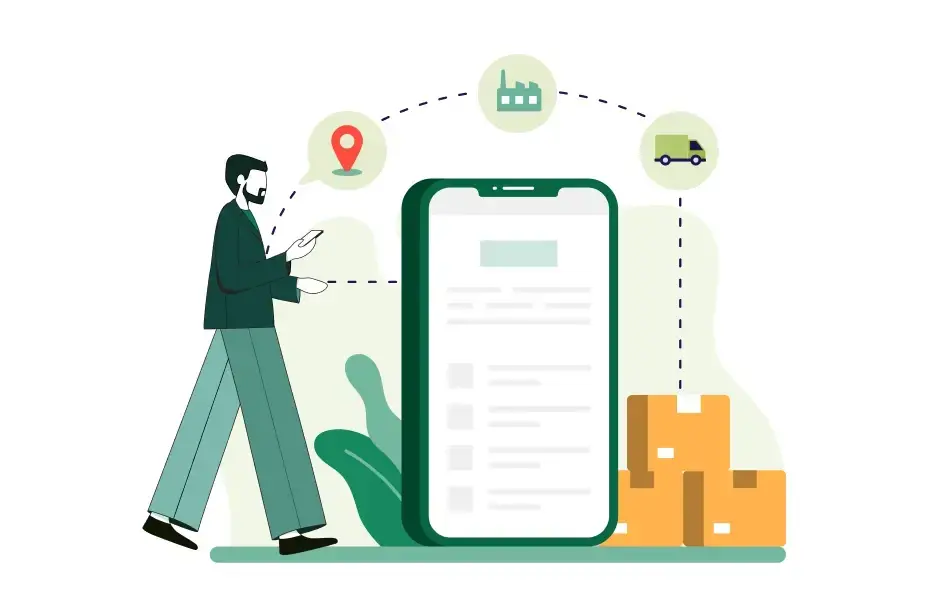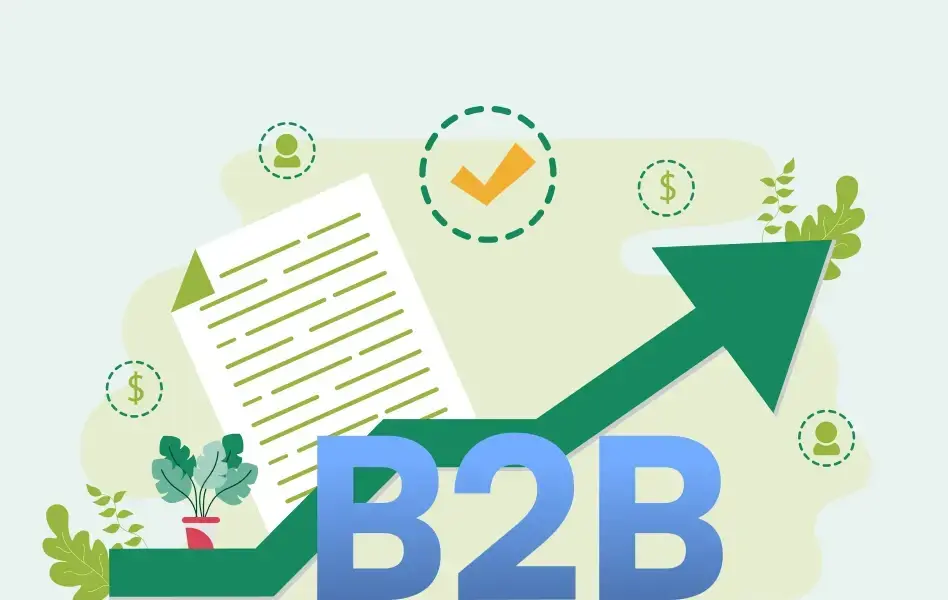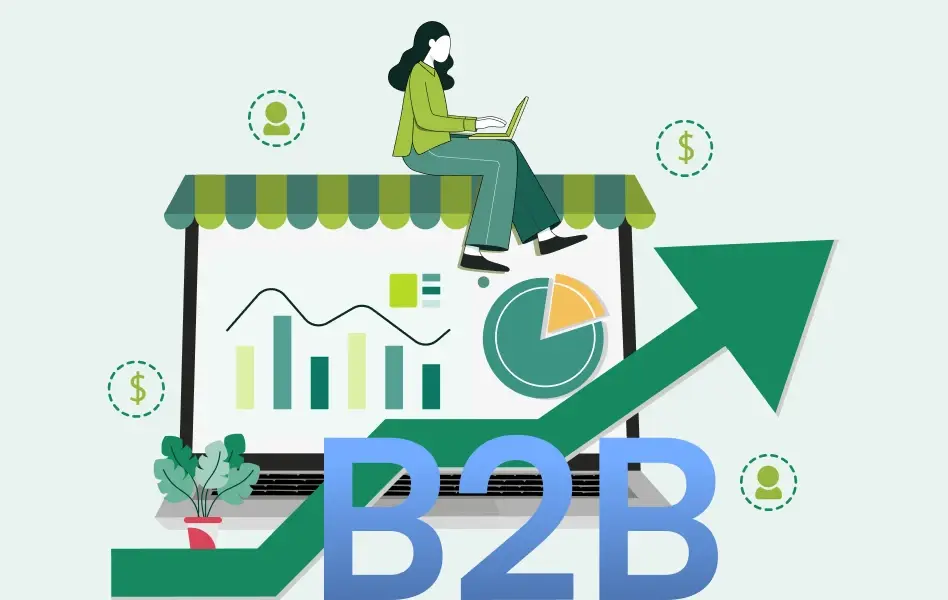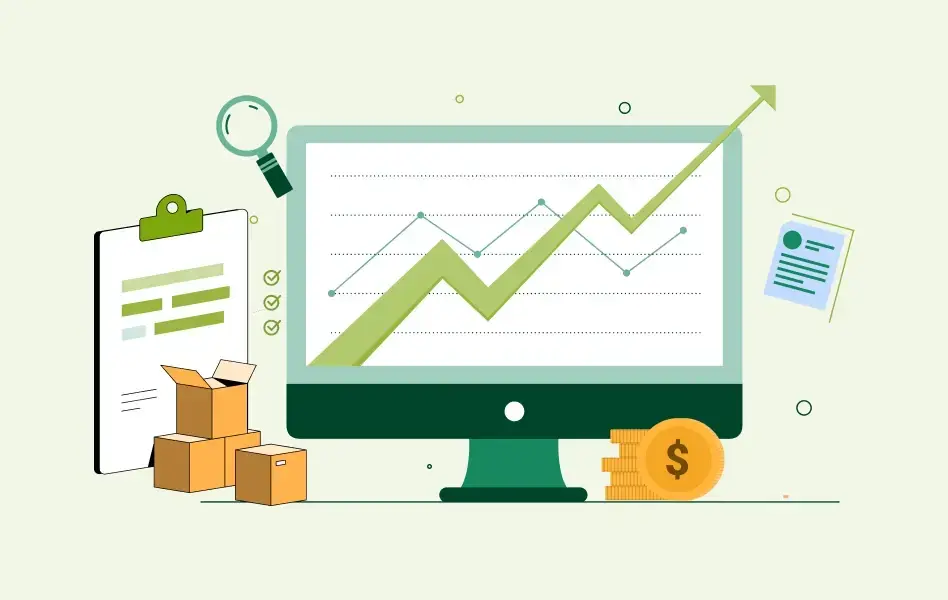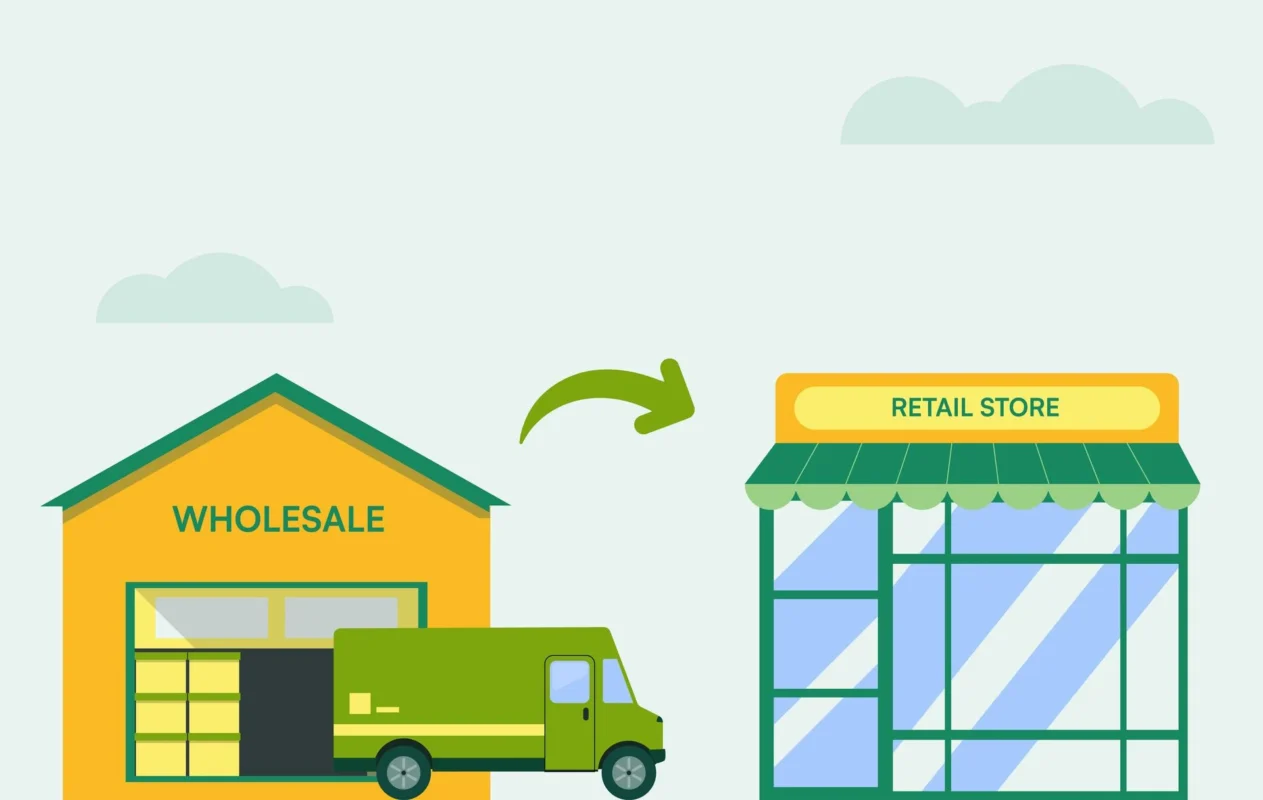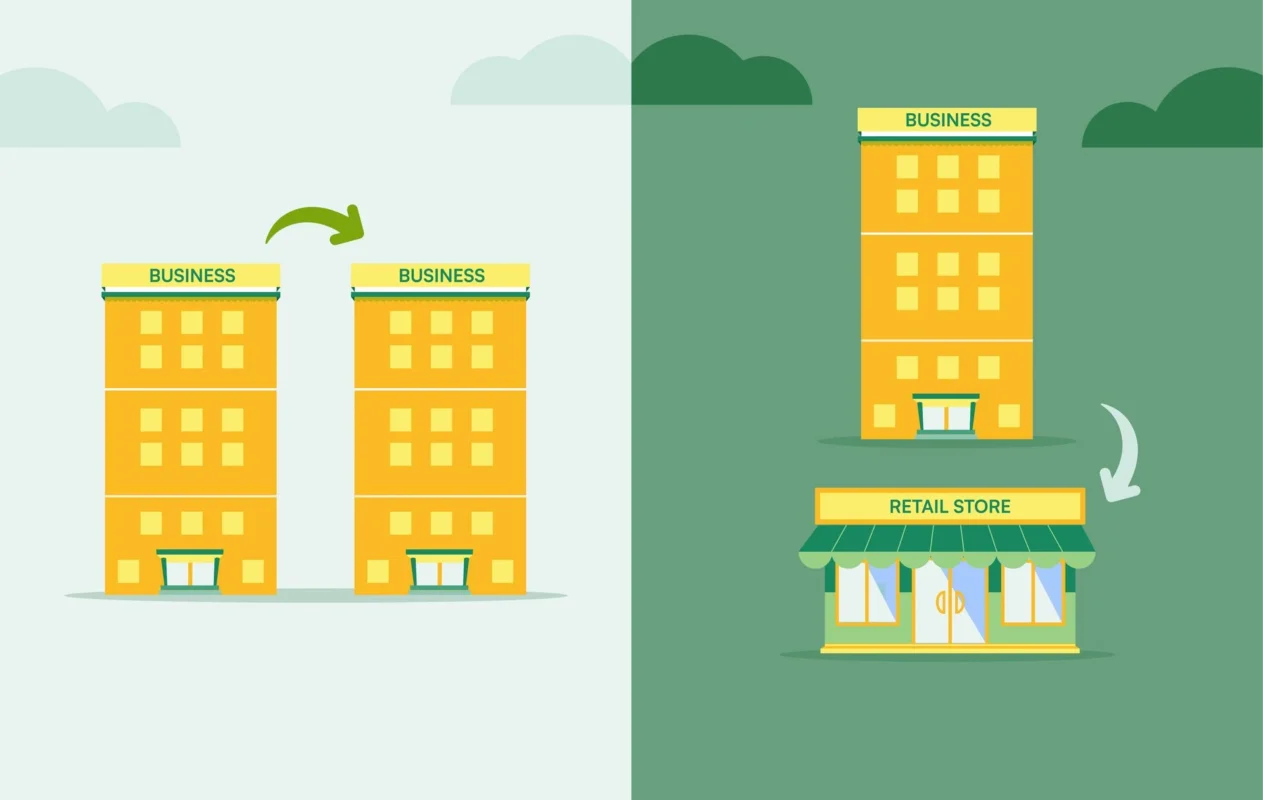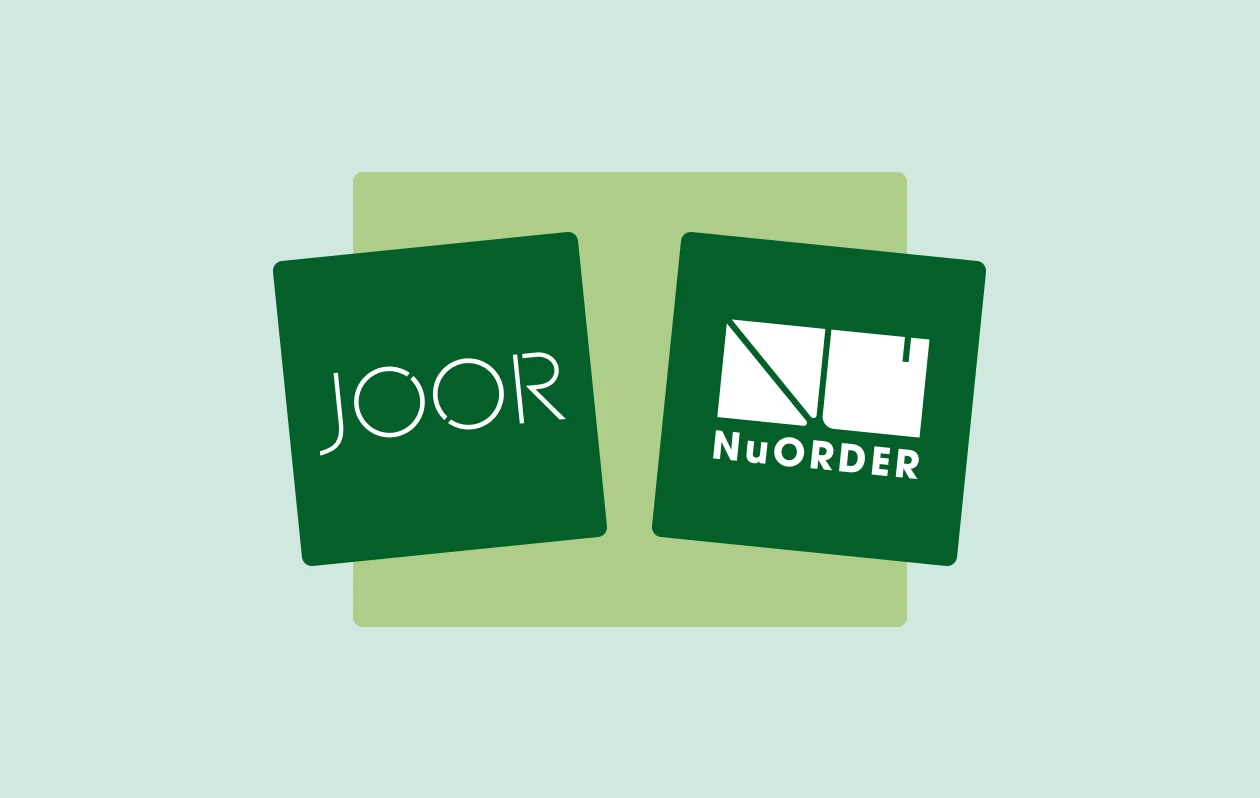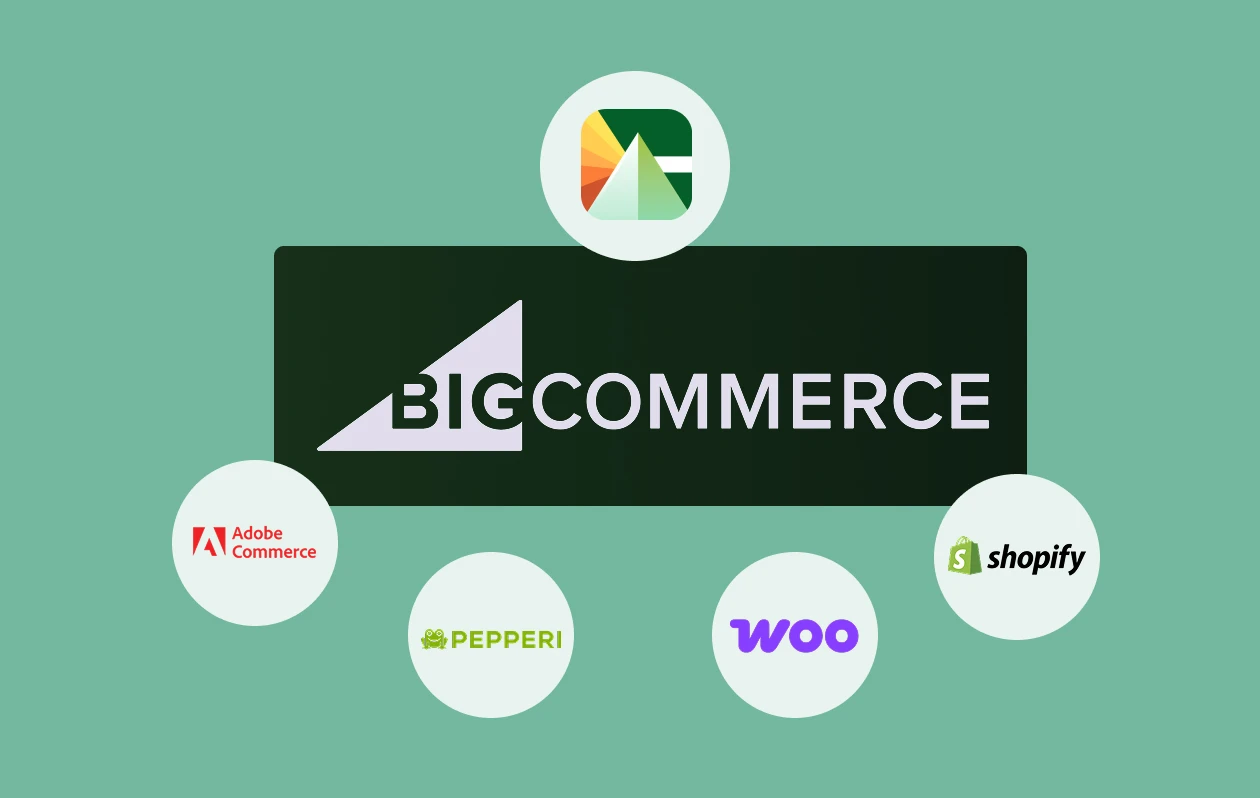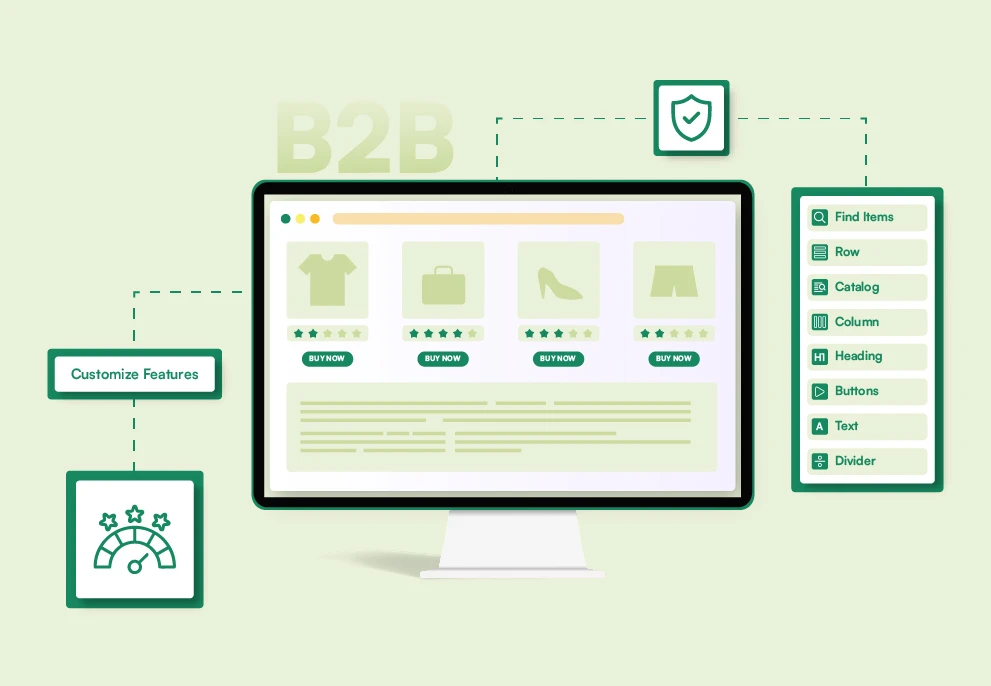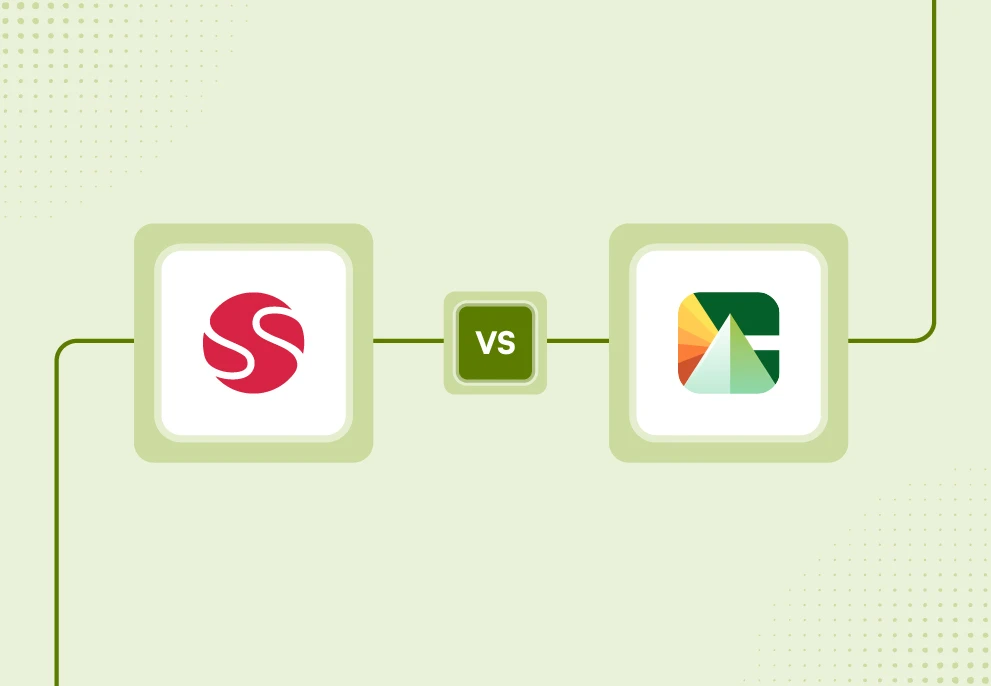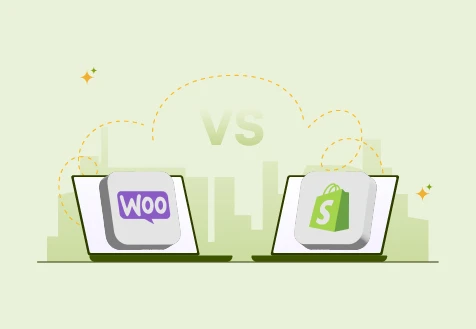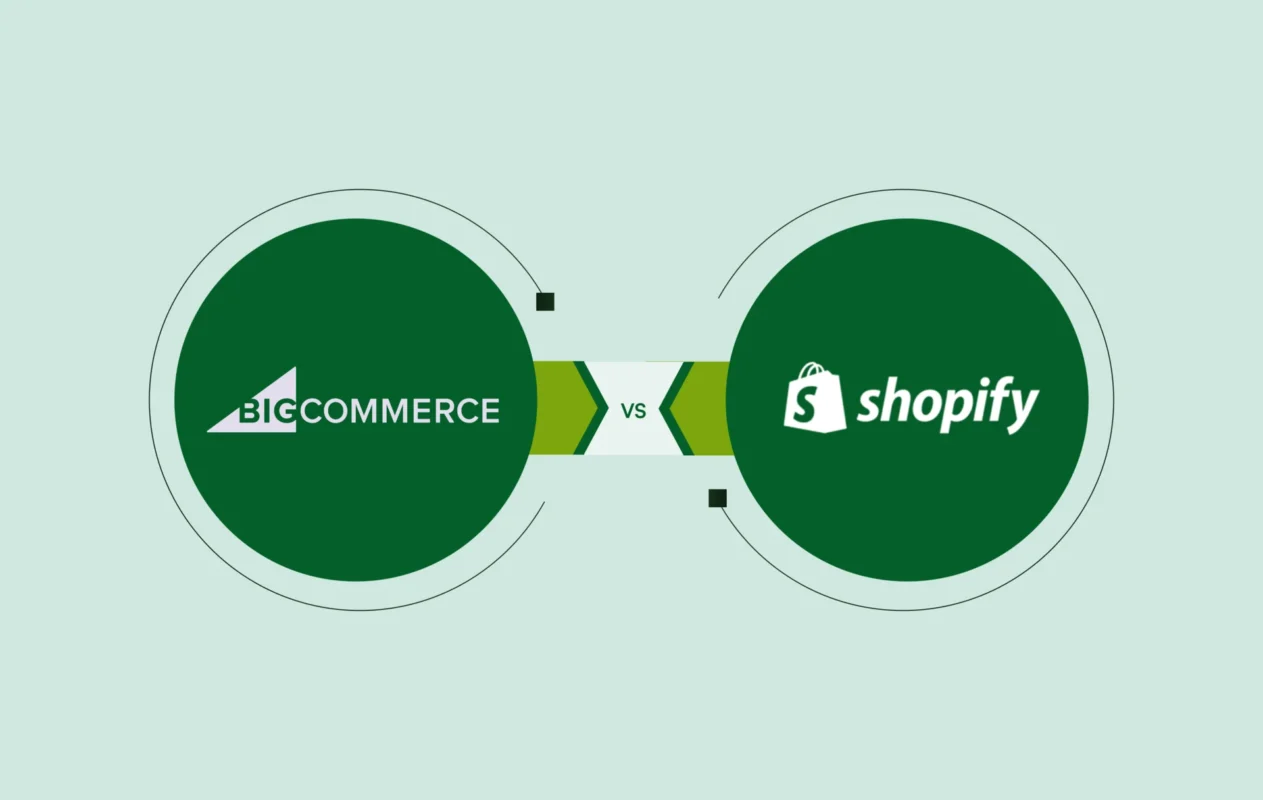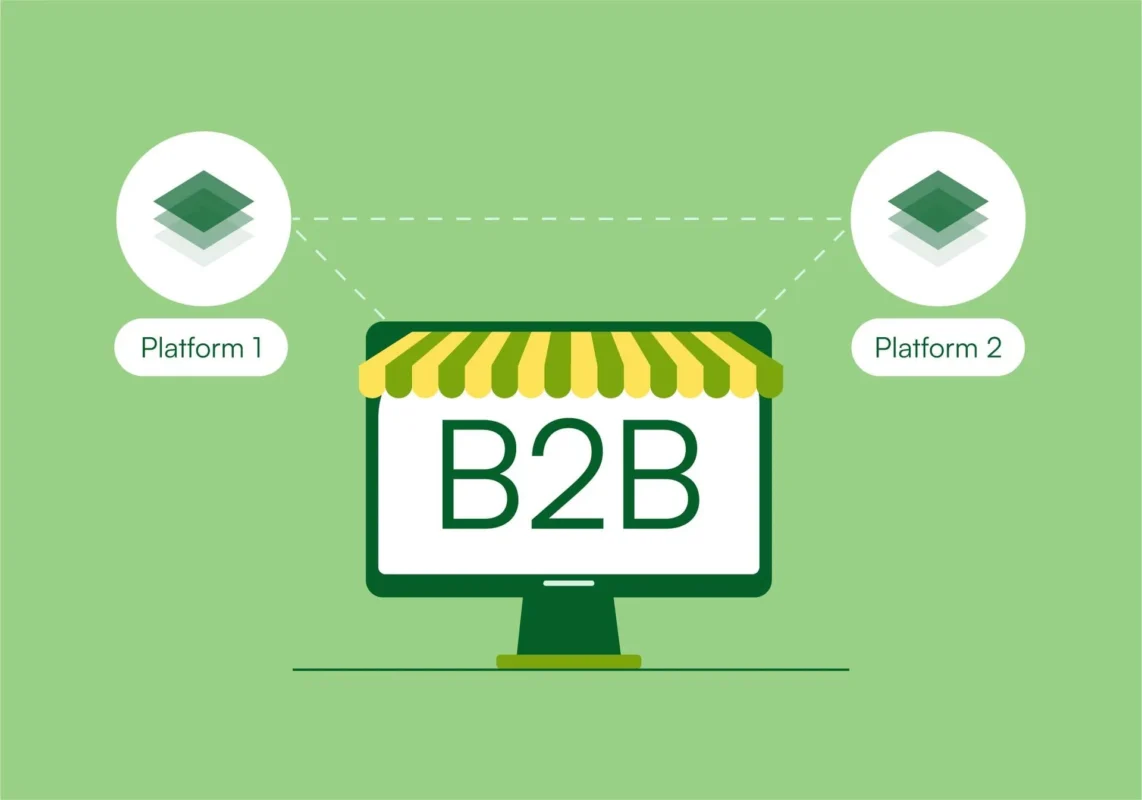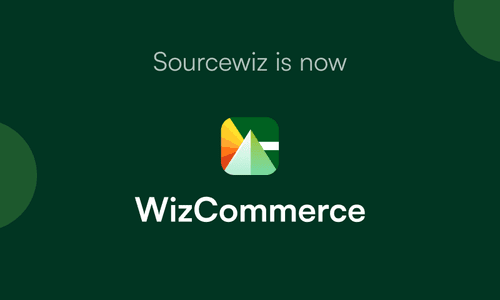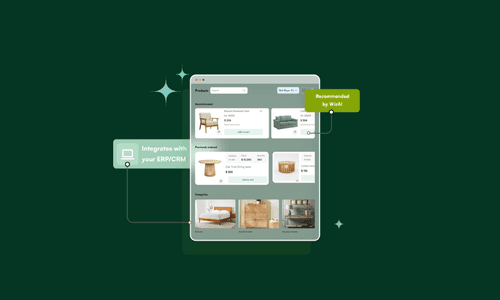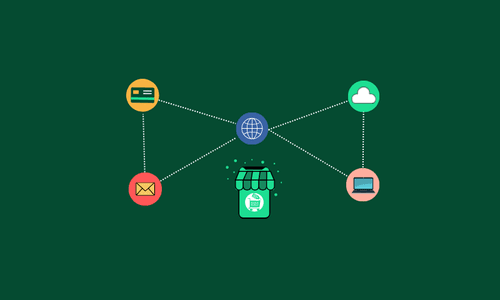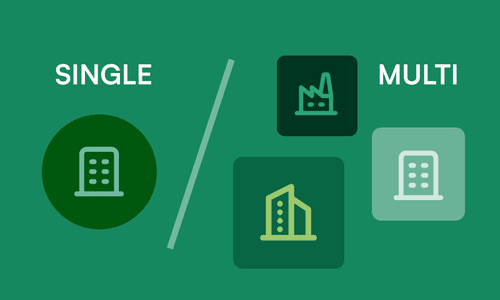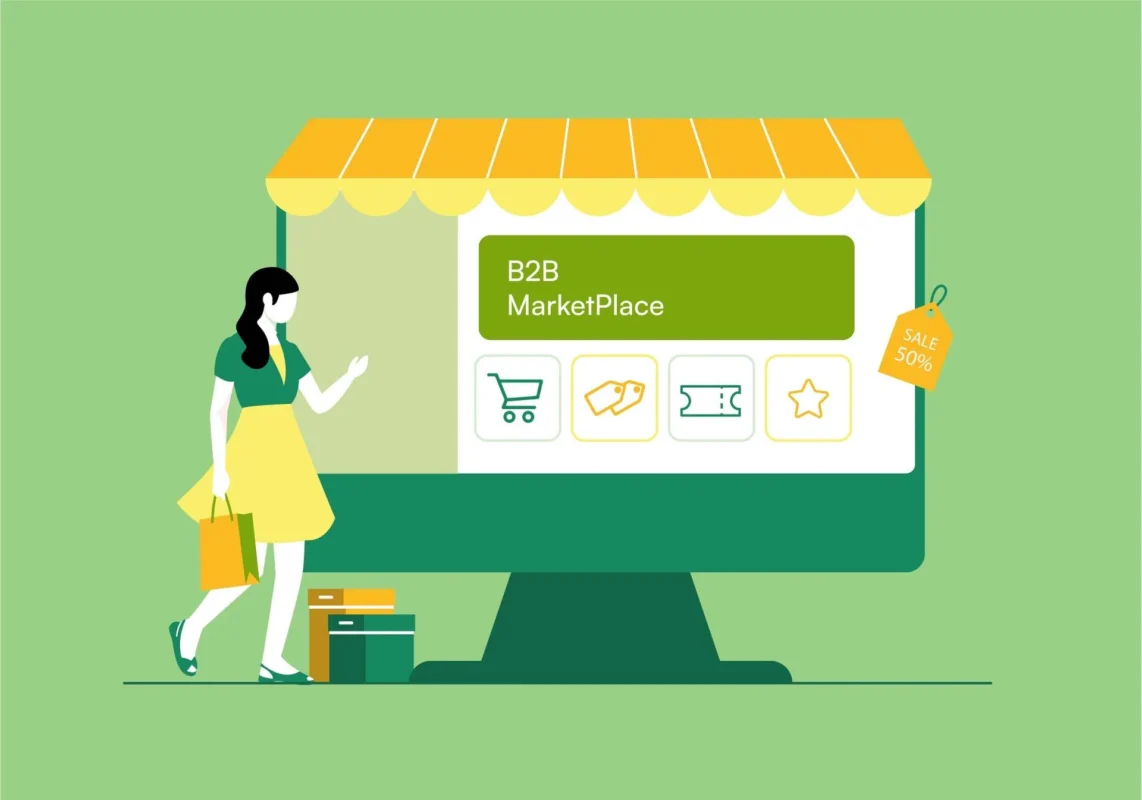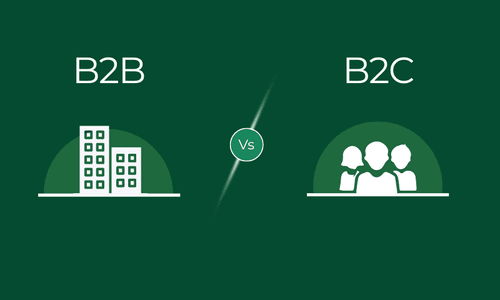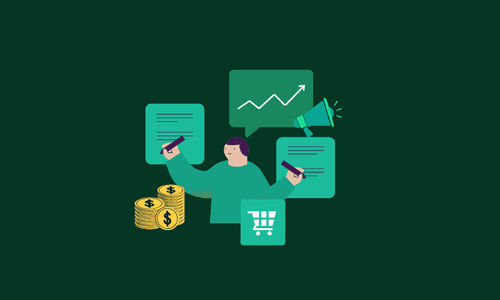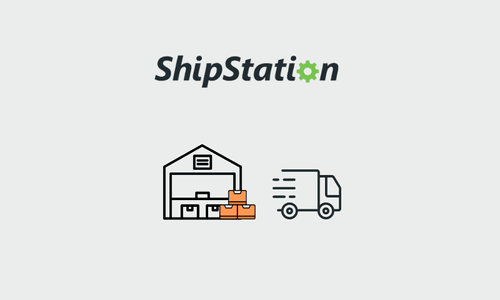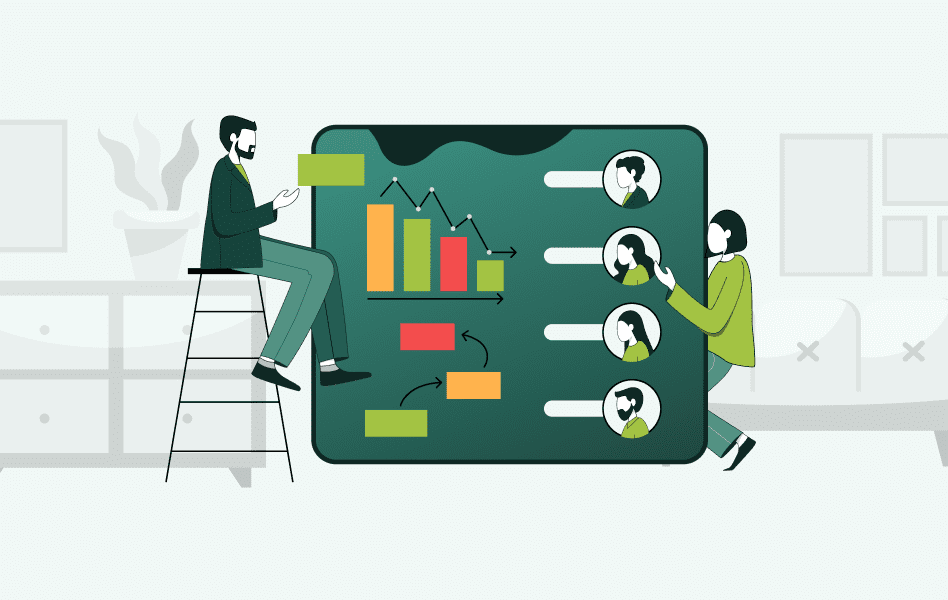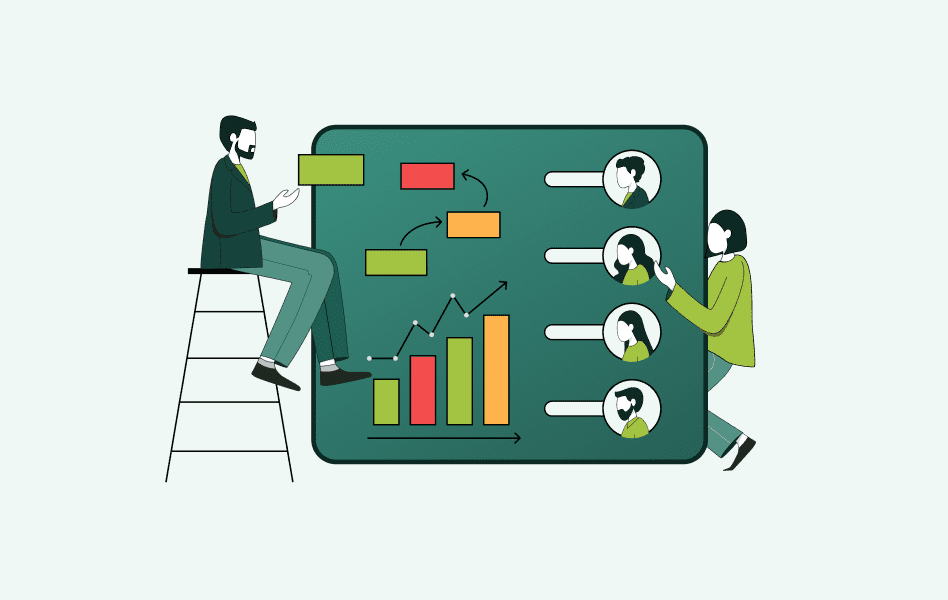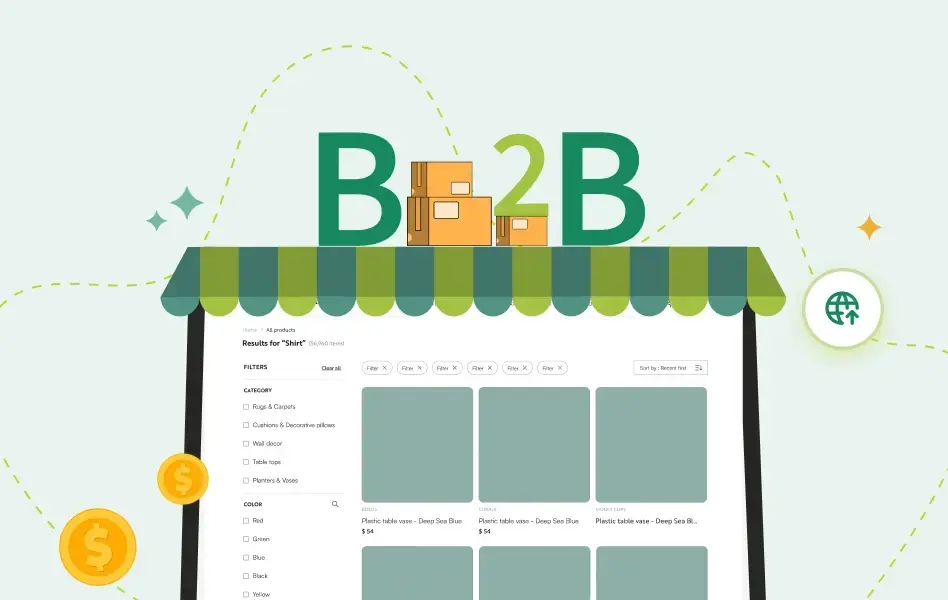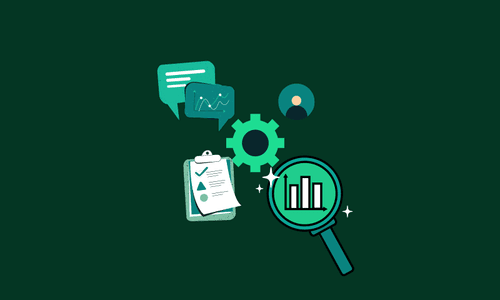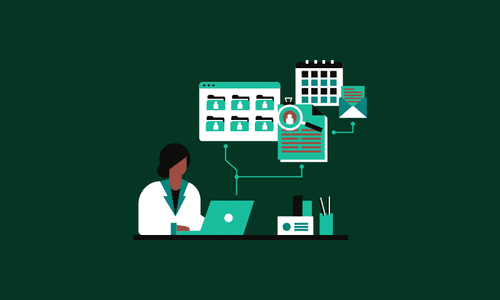Contents
- 1 What is a B2B ecommerce ERP integration?
- 1.1 Benefits of leveraging B2B ecommerce ERP integration
- 1.2 Multiple methods for B2B ecommerce ERP integration
- 1.3 Types of B2B ecommerce integrations
- 1.4 Essential B2B ecommerce ERP integration elements
- 1.5 B2B ecommerce ERP integration challenges to watch
- 1.6 1. Data synchronization errors
- 1.7 2. Compliance & data security
- 1.8 3. Data accuracy post-migration
- 1.9 Why choose WizCommerce B2B ecommerce platform for a seamless ERP integration
- 2 What next?
When B2B ecommerce platforms and ERP systems operate in silos, it can lead to many inefficiencies, including data duplication, order errors, and delayed fulfillment. This is where B2B ecommerce ERP integration becomes essential. Seamlessly connecting these two systems enables automated, synchronized data exchange that drives operational efficiency and business growth.
Here’s a look at what the B2B world is saying about it: According to a survey of 530 organizations by Deloitte, a 13% loss of sales is directly linked to the absence of robust digital commerce strategies. On the flip side, companies embracing B2B ecommerce ERP integration report a massive 62% increase in sales of products and services. Just how is this happening? We’ll break it down for you.
This blog dives into what makes this integration so powerful, covering its core elements, its benefits, and challenges to keep in mind. By the end, you’ll understand how to choose the right solution and why WizCommerce stands out as the ultimate choice for your business’s growth. Let’s explore how B2B ecommerce ERP integration can transform your business for the better.
What is an ERP, and what are the types of ERP software?
ERP stands for Enterprise Resource Planning. Imagine a wholesale distributor managing thousands of SKUs, multiple suppliers, and hundreds of customers. Without ERP software, they’d need to juggle spreadsheets, accounting software, and inventory management systems separately. An ERP streamlines all these tasks into one unified system, where a single data entry can automatically update stock levels, generate invoices, and adjust financial records.
Think of ERP as the brain of your operations—a system that combines all your core business processes, such as inventory management, sales, accounting, and procurement, under one roof. It helps you streamline tasks, save time, and clearly view your business health in a centralized data source.
Here are the main types of ERP software:
2. On-premise ERP
On-premise ERP systems are installed on a company’s local servers and managed internally by their IT department. These systems offer complete control over data, security, and customization, making them ideal for businesses with highly specific needs or strict regulatory requirements.
However, on-premise ERPs require significant upfront investment in hardware, software licenses, and ongoing maintenance. They’re best suited for large enterprises with dedicated IT resources.
3. Cloud-based ERP
Cloud-based ERP systems are hosted on external servers and accessed through a web browser. These platforms offer greater flexibility, lower upfront costs, and automatic updates—making them a popular choice for small and medium-sized businesses.
With cloud-based ERPs like NetSuite and QuickBooks Online, businesses can access their data anywhere with an internet connection. However, cloud solutions may have limited customization options compared to on-premise systems.
4. Hybrid ERP
A hybrid ERP combines both on-premise and cloud-based systems, offering businesses the best of both worlds. Companies often use hybrid ERPs when they want to migrate gradually to the cloud or need cloud accessibility while keeping specific data on-premise for security or compliance reasons.
Benefits of using ERP software
Implementing an ERP system delivers many benefits that streamline business operations, improve efficiency, and enhance decision-making. Here are some given below:
1. Centralized data management
One of the most significant advantages of ERP systems is having a single source of truth for all business data. Instead of juggling multiple spreadsheets and disconnected software applications, all critical business information—inventory levels, customer orders, and financial transactions—is stored in one centralized location. This eliminates data silos and ensures everyone in the organization is working with the most up-to-date information.
2. Process automation
ERP software automates repetitive tasks such as order processing, invoice generation, and inventory tracking. This not only saves time but also reduces the risk of human error. For example, when an order is placed on the ecommerce platform, the ERP system can automatically generate an invoice, update inventory levels, and schedule shipping without manual intervention.
3. Improved decision-making
With built-in reporting and analytics tools, ERP systems provide real-time insights into business performance. Managers can easily access sales trends, stock levels, and financial health data, enabling them to make informed decisions based on accurate, up-to-date information.
4. Enhanced customer experience
By synchronizing data across sales, inventory, and customer service departments, ERP systems help deliver a seamless customer experience. Orders are processed faster, stockouts are minimized, and customers receive timely updates on order status.
5. Cost savings
While ERP systems require an upfront investment, they ultimately lead to long-term cost savings by eliminating redundant processes, saving precious man hours spent manually entering and re-entering data, reducing errors, and optimizing inventory levels.
What is a B2B ecommerce ERP integration?
Now, here’s what you’re probably thinking at this point. If an ERP offers all these benefits, why must I integrate it with my ecommerce tool? Well, here’s why.
B2B ecommerce ERP integration connects your ecommerce platform with your ERP system, enabling automatic data exchange between the two systems. Without integration, businesses must manually transfer data between their ecommerce platform and ERP system—a time-consuming process prone to errors. With ERP integration, this process becomes fully automated.
Let’s look at a scenario to understand this better.
- A customer places an order on the ecommerce website.
- The order is automatically transferred to the ERP system.
- The ERP system updates inventory levels and generates invoices.
- The shipping department receives the order and prepares for fulfillment.
- The customer gets real-time order status updates.
Automating these workflows can significantly improve operational efficiency, reduce errors, and enhance customer satisfaction. That’s what B2B ecommerce ERP integration is all about.
Benefits of leveraging B2B ecommerce ERP integration
Seamless integration between your B2B eCommerce platform and ERP system isn’t just a technical upgrade—it’s a strategic advantage. By connecting your frontend sales with backend operations, businesses unlock new levels of efficiency, visibility, and customer satisfaction. Here are the key benefits that make ERP integration a game-changer for wholesale and distribution businesses:
1. Automated data synchronization and process efficiency
The most transformative benefit of B2B ecommerce ERP integration is the automation of critical workflows. Orders, inventory updates, customer data, and invoices flow automatically between the ecommerce platform and ERP system, eliminating manual data entry. This not only reduces human errors but also accelerates order processing and improves operational efficiency, allowing businesses to fulfill orders faster with fewer resources.
2. Real-time inventory and stock accuracy
For B2B businesses handling large product catalogs and high order volumes, real-time inventory updates are crucial. Integrated systems automatically sync inventory data between the B2B storefront and ERP, preventing overselling, optimizing stock levels, and providing customers with accurate product availability information—a critical factor in building trust and avoiding lost sales.
3. Enhanced customer experience
B2B ecommerce ERP integration creates an omnichannel experience for customers by unifying data across all sales channels into a single system. With real-time synchronization of inventory, pricing, orders, and customer information, businesses can offer consistent product availability, personalized pricing, and seamless order tracking across every touchpoint.
This ensures that customers receive a uniform, frictionless buying experience whether they’re ordering online, through a sales rep, or via phone, enhancing customer satisfaction and brand loyalty.
4. Scalability and business growth enablement
By automating core business processes and consolidating data across systems, B2B ecommerce ERP integration creates a foundation for scalable growth. Businesses can manage increasing order volumes without significantly increasing administrative workload, making it easier to expand product lines, enter new markets, or onboard more customers without sacrificing efficiency or accuracy.
Multiple methods for B2B ecommerce ERP integration
You can integrate your ERP with a B2B ecommerce platform in many ways. Each type has its advantages and use cases, depending on your business needs and technical requirements. Let’s break down each approach.
1. Point-to-point integration
Point-to-point integration is a direct connection between your ecommerce platform and ERP system. This method transfers data directly between the two systems without intermediaries.
Advantages
- Simple and cost-effective
- Quick to implement
Considerations
- Difficult to scale — every new system added requires a separate connection
- Becomes complex and challenging to manage as the number of integrated systems increases
Best for: Small businesses with minimal integration needs.
2. Middleware integration
Middleware acts as a central hub that facilitates data exchange between the ERP system and multiple platforms (ecommerce, CRM, shipping software, etc.). It translates and routes data between systems without requiring direct connections.
Advantages
- Scalable and flexible
- Simplifies managing multiple systems
- Reduces the need for custom development
Considerations
- Can be more expensive than direct integration
- Requires ongoing management and maintenance
Best for: Growing businesses handling multiple platforms and complex workflows.
3. API-based integration
This integration method uses Application Programming Interfaces (APIs) provided by ERP and ecommerce systems to enable seamless, real-time data exchange.
Advantages
- Real-time data synchronization
- Highly flexible and customizable
- Modern and widely supported by software providers
Considerations
- Requires technical expertise for setup and maintenance
- Can become complex depending on the number of APIs used
Best for: Businesses needing real-time updates and custom workflows.
API-based integrations can be one-way and two-way. In one-way integration, data flows from system A to system B only. So, in our case, it may flow from ERP to B2B ecommerce platform or B2B ecommerce platform to ERP.
In two-way integration, data flows both ways between two systems. So, in our case, from B2B ecommerce platform to ERP and ERP to B2B ecommerce platform.
4. Custom integration
Custom integration involves building a solution from the ground up, tailored to your business’s unique requirements.
Advantages
- Fully customized to business needs
- Can accommodate complex processes and workflows
Considerations
- High implementation cost
- Time-consuming to develop and maintain
- Requires ongoing technical support
Best for: Businesses with unique or highly complex processes that off-the-shelf solutions cannot accommodate.
5. Third-party integration tools
Third-party integration tools offer pre-built connectors for popular ERP and ecommerce platforms.
Advantages
- Fast and easy setup
- Cost-effective for standard use cases
- Minimal technical expertise required
Considerations
- Limited customization options
- May not support particular business processes
Best for: Businesses looking for quick solutions without deep technical involvement.
Types of B2B ecommerce integrations
While a real-time sync with an API-based integration is the most popular method, there do exist a few situations where you may need to schedule syncs or push a manual sync for specific activities. Let’s have a look at all three ways to sync data when integrating your ERP with a B2B ecommerce platform.
1. Real-time data synchronization
Real-time integration ensures instant sync between systems whenever data changes. You should opt for this type of integration for time-sensitive processes like pricing, inventory, orders, and payments. For example, automatically sending a new order from B2B ecommerce platform to ERP as soon as it’s placed.
2. Scheduled data synchronization
Scheduled integration ensures automatic sync at regular intervals (hourly, daily, etc.). This type of integration is ideal for less urgent updates such as changes to product descriptions.
3. Manual data synchronization
In manual integration, sync happens only when a user triggers it. This is best for occasional updates, one-time data imports, or when full data control is required.
Essential B2B ecommerce ERP integration elements
A good B2B ecommerce ERP integration doesn’t just connect systems—it streamlines your entire operation, enhances customer experience, and sets your business up for scalable growth. Here’s what your wholesale sales ecosystem should look like after a B2B ecommerce ERP integration:
- Real-time inventory sync: Inventory updates should happen instantly across all platforms, ensuring customers always see accurate stock levels and eliminating the risk of overselling or backorders.
- Order automation: Orders placed on your ecommerce platform should flow directly into the ERP system without manual intervention, speeding up processing and reducing human errors.
- Customer data unification: Every customer profile, including custom pricing, payment terms, and purchase history, should stay consistent across both systems so customers always get the right pricing and service.
- Product information sync: New product launches, price changes, and descriptions should automatically update from your ERP to your ecommerce platform, saving hours of manual data entry.
- Custom pricing & discounts: The integration should automatically apply customer-specific pricing, quantity-based discounts, and promotions, ensuring the correct rates are applied without sales team intervention.
- Payment & invoicing sync: Payments and invoices should sync automatically between systems, keeping account balances up to date and removing the hassle of reconciling transactions.
- Shipping & tracking integration: Shipping methods, rates, and tracking numbers should flow between both systems, giving customers real-time visibility into their orders without extra manual updates.
- Reports & analytics: Sales data, inventory reports, and customer insights should merge into one dashboard—giving you a single source of truth for smarter decision-making.
B2B ecommerce ERP integration challenges to watch
While the benefits of B2B ecommerce ERP integration are compelling, the path to implementation isn’t without hurdles. Poorly managed integrations can lead to data issues, security concerns, and compliance risks that disrupt operations and erode customer trust. Here are some common challenges to watch out for—and how to proactively address them:
1. Data synchronization errors
Synchronizing data across ERP and B2B ecommerce platforms can be more complex than it seems. Small discrepancies such as missing required fields, incompatible formats, or API rate limits can disrupt the entire sync process.
What you can do: Perform extensive testing before go-live, set up automatic error notifications, and schedule regular syncs to catch and resolve issues early.
2. Compliance & data security
As data privacy regulations evolve, businesses must ensure that customer and transactional data is transferred securely and in compliance with cybersecurity laws.
What you can do: Encrypt sensitive data, limit access permissions, and maintain audit logs to ensure compliance across all integrated systems.
3. Data accuracy post-migration
During data migration, mismatches in formats, duplicate entries, or partial data transfers can cause long-term inconsistencies.
What you can do: Cleanse data before migration, perform pilot runs, and implement validation rules to maintain accuracy.
Why choose WizCommerce B2B ecommerce platform for a seamless ERP integration
Integrating your B2B ecommerce platform with your ERP system unlocks efficiency, accuracy, and scalability. But not all integrations are created equal. While the right integration can transform your operations, many businesses struggle with disconnected systems, data inconsistencies, and clunky workarounds.
That’s where WizCommerce stands out. We’ve designed our ERP integration to go beyond basic data sync—offering a seamless, reliable connection that eliminates manual work, reduces errors, and helps your business run smarter from day one. Let’s see how.
An integration process that misses no step
- Scope gathering: We begin by understanding your business requirements, ERP setup, and integration goals.
- Workflow mapping: Our team collaborates with you to define data flows, automation needs, and desired outcomes.
- System assessment: We evaluate your ERP system’s structure and compatibility with WizCommerce.
- Development: The integration framework is built using pre-built connectors or custom APIs to match your business workflows.
- Testing: Rigorous testing ensures data syncs accurately and processes run smoothly.
- Go-live: The integration is deployed with minimal disruption, backed by our dedicated support team.
What information gets synced with this integration?
Our integration covers all essential business modules such as:
- Customers: Unified customer records and pricing tiers.
- Orders: Real-time order processing and tracking.
- Products: Automatic product catalog updates.
- Inventory: Accurate stock levels across systems.
- Invoices: Seamless invoice generation and syncing.
- Payments: Real-time payment status updates.
What makes WizCommerce ERP integration unique?
- Real-time two-way sync: Data flows both ways, ensuring both systems, ERP and B2B ecommerce platform, are always in sync.
- Pre-built connectors: With pre-built connectors, we ensure faster integration with popular ERP systems.
- Custom workflows: We can adapt the integration to your unique business needs with our custom workflows, making sure your processes stay true to your business.
- Error detection & resolution: Automatic alerts and resolution tools keep things running smoothly.
How does WizCommerce ERP integration ensure scalability?
WizCommerce ERP integration is built to scale alongside your business growth. Its modular architecture allows you to easily add new features and integrations as your needs evolve, while dynamic scalability ensures the system can handle increased order volumes and expanding product lines without disruption. With regular updates, WizCommerce stays compatible with emerging ERP systems, keeping your operations future-proof. For businesses with unique requirements, our custom solutions offer tailored enhancements to address complex workflows and specific needs.
What next?
In today’s fast-paced B2B landscape, disconnected systems are no longer sustainable. Integrating your ecommerce platform with your ERP isn’t just a technical upgrade — it’s a strategic move that improves speed, accuracy, customer satisfaction, and long-term scalability. From real-time inventory sync and order automation to personalized pricing and automated invoicing, B2B ecommerce ERP integration creates a unified infrastructure that supports growth at every stage.
But integration success depends on choosing the right partner. WizCommerce offers more than just data sync — it delivers a robust, two-way integration that adapts to your unique workflows, eliminates manual effort, and supports high-volume operations with ease. Whether you’re working with NetSuite, QuickBooks, Fishbowl, or another ERP, WizCommerce ensures reliable, real-time sync and scalable performance tailored to wholesale businesses.



